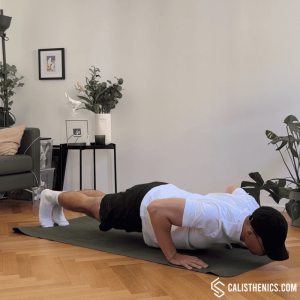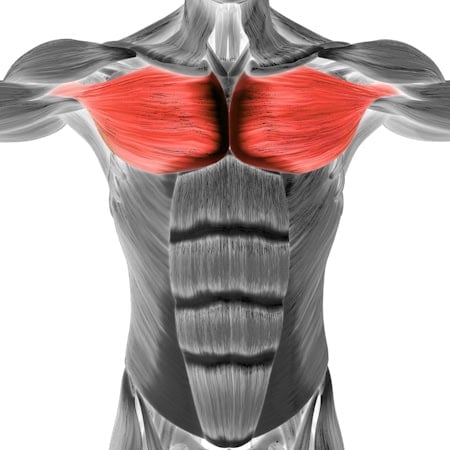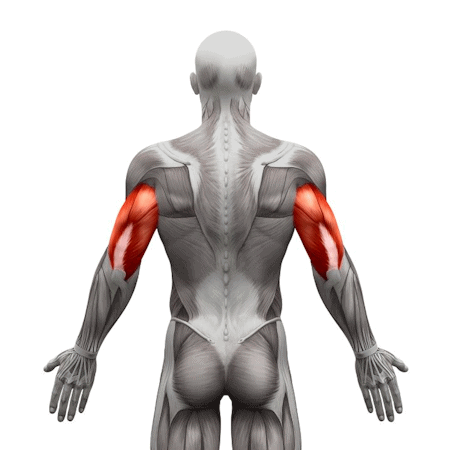Regular Push-ups
How to do Regular Push-ups?
Push-ups are one of the most effective bodyweight exercises, working multiple muscles in the upper body and core. They can be done anywhere and require no equipment, making them a convenient option for building strength and endurance. Push-ups are an essential exercise for building functional upper body strength and improving core stability. Whether you’re looking to build muscle or enhance endurance, they offer a versatile and effective workout that can be modified for any fitness level.
Steps to Perform a Proper Push-up
1. Starting Position:
• Begin in a high plank position with your hands placed slightly wider than shoulder-width apart, palms flat on the ground.
• Your feet should be together, and your body should form a straight line from your head to your heels.
2. Engage Your Core:
• Tighten your abdominal muscles, keeping your back flat and spine in a neutral position. Avoid arching your lower back or letting your hips sag.
3. Lower Your Body:
• Inhale as you bend your elbows, lowering your body toward the floor. Keep your elbows close to your body or at a slight 45-degree angle.
• Lower yourself until your chest nearly touches the ground.
4. Push Back Up:
• Exhale and press through your palms to extend your arms, lifting your body back to the starting position while maintaining a tight core and neutral spine.
Benefits of Regular Push-ups
• Builds Upper Body Strength: Push-ups effectively target the chest, shoulders, and triceps, making them an essential exercise for building upper body strength.
• Enhances Core Stability: By engaging the core muscles, push-ups help improve overall body stability and posture.
• Functional Strength: Push-ups mimic everyday movements like pushing and bracing, helping you build strength that translates into daily activities.
• Versatile and Convenient: Push-ups can be done anywhere, without any equipment, making them a convenient exercise for any fitness routine.
• Supports Muscle Endurance: Regular push-ups improve muscle endurance, helping you perform better in various physical activities.
• Progressive Challenge: With numerous variations, push-ups offer a scalable way to continuously challenge your muscles, whether you’re a beginner or an advanced athlete.
Tips for the proper execution of Regular Push-ups
Body Alignment: Keep your body in a straight line from head to heels. Engage your core and glutes to prevent your hips from dropping or rising.
Hand Placement: Your hands should be positioned just outside of shoulder-width for optimal stability. Moving them closer or wider will target different muscles.
Elbow Positioning: Keep your elbows at about a 45-degree angle from your body, not flaring out too far to avoid shoulder strain.
Breathing: Inhale as you lower yourself, and exhale as you push back up. Controlled breathing improves strength and endurance.
Controlled Movements: Lower yourself slowly to build strength, then push back up with a smooth, steady motion.
Muscles worked when doing Regular Push-ups
Primary Muscles:
- Pectoralis Major: The largest muscle in the chest, responsible for shoulder adduction and internal rotation. This is the main muscle worked during a push-up.
- Triceps Brachii: Located on the back of the upper arm, responsible for extending the elbow.
- Anterior Deltoids: The front part of the shoulder muscle, responsible for shoulder flexion.
Secondary Muscles:
- Core Muscles: This includes the rectus abdominis, transverse abdominis, obliques, and erector spinae. These muscles stabilize the spine and help maintain proper form during the exercise.
- Serratus Anterior: Located on the side of the chest, responsible for protraction and upward rotation of the scapula.
- Biceps Brachii: Located on the front of the upper arm, it assists in stabilizing the elbow joint.
- Other Stabilizers: Various other muscles, such as the glutes, quadriceps, and muscles in the forearms and hands, also play a role in stabilizing the body during a push-up.
Primary Muscle(s):
Secondary Muscle(s):
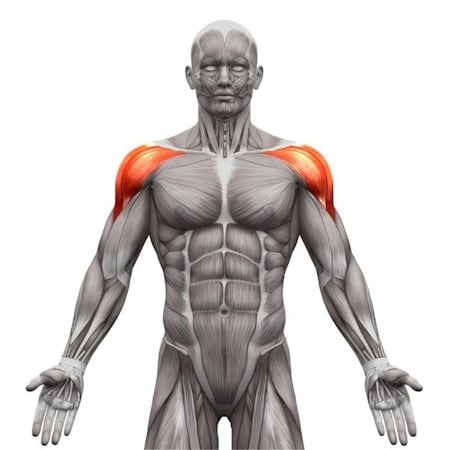
Anterior delt
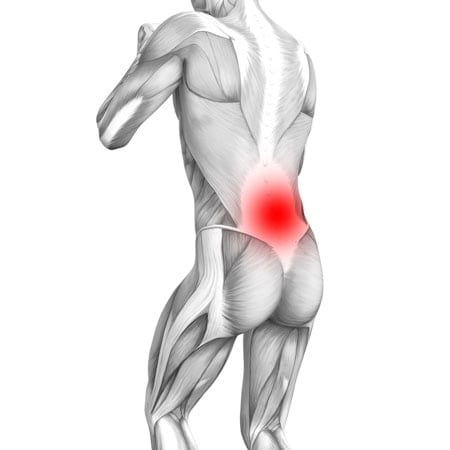
Lower back
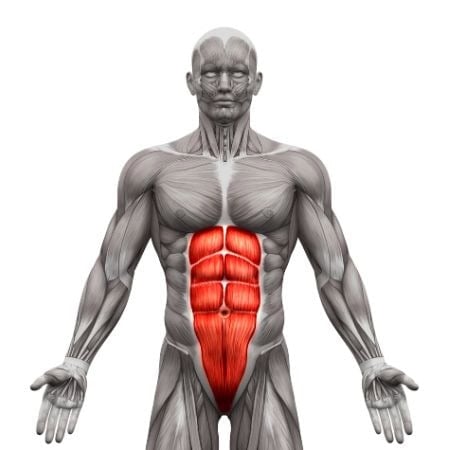
Abdominal
Equipment needed for Regular Push-ups
No equipment needed for this exercise.
Adjust the difficulty of Regular Push-ups
- Knee Push-ups: If you're a beginner, you can start with knee push-ups, where your knees are on the ground instead of your toes.
- Incline Push-ups: If you want to make the exercise easier, try incline push-ups by placing your hands on an elevated surface like a bench or wall.
- Decline Push-ups: For an increased challenge, place your feet on an elevated surface for decline push-ups.
How to make Regular Push-ups harder?
How to make Regular Push-ups easier?
How to make Regular Push-ups harder?
To make Regular Push-ups harder:
-
Add a Pause at the Bottom: Hold the position when your chest is just above the floor for 2-3 seconds before pushing back up, increasing the time under tension.
-
Elevate Your Feet: Place your feet on a raised surface like a bench or step to shift more of your body weight to your upper body, making the exercise more challenging.
-
Add Resistance: Wear a weighted vest or place a weight plate on your back for additional resistance, pushing your muscles to work harder.
-
Plyometric Push-ups: Perform explosive push-ups where your hands leave the ground as you push up. This increases intensity and power.
How to make Regular Push-ups easier?
To make Regular Push-ups easier:
-
Perform Push-ups on an Incline: Place your hands on a bench, sturdy chair, or other elevated surface. This reduces the amount of body weight you’re pushing.
-
Do Knee Push-ups: Lower your knees to the floor while keeping your upper body aligned. This reduces the load on your upper body, making the movement easier.
-
Reduce the Range of Motion: Start by lowering yourself only halfway down, and gradually work toward performing full push-ups as your strength improves.

